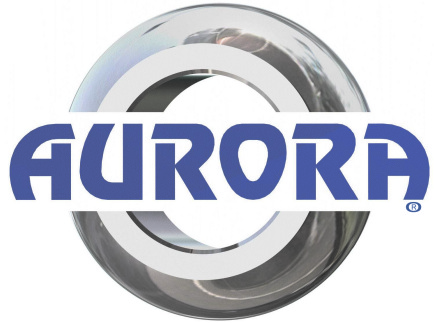Could the historic hierarchy be the saviours of the internal combustion engine?
It’s no longer about the race for the win; it’s about the race for the future, says Sophie Williamson-Stothert through gritted teeth. But could the historic hierarchy be the saviours of the internal combustion engine? We certainly think so…
“The future of motor racing is electric.” That’s according to CEO of Electric GT Mark Gemmell, speaking at the RACE TECH World Motorsport Symposium 2016, and many other engineering geniuses for that matter.
Fair point; perhaps all racing cars of the future will be powered by electrified drivetrains, meaning the internal combustion engine, as we know it, will begin to fade into the history books. In any case, Formula E is growing at such a rapid rate, the industry is already gearing itself up for the first ever championship to be contested by autonomous cars – the ROBO RACE.
So, that’s it for historics and modern classics then? Are they destined to be locked away in museums for all eternity? My answer to that (and I truly hope I’m right) is no. Let’s take a moment to look at the bigger picture here. Motorsport is more than just a sport; it’s a child’s dream, a family hobby, an escape road, and a remarkable talent, made possible through the birth of the cars of the past.
What’s more, they still play a vital role in automotive pioneering. Rather than destroy an engineering marvel in its own right, we should be looking at ways of preserving it.
Now, I’m not saying I’m intending to become the leader of anti-electric rebellion. But I will say that, while I can certainly appreciate and admire the engineering excellence and sheer brainpower behind the development of electric technology, I never seem to find myself getting excited about it.
For me, motor racing is, and always will be, about the sound of whining superchargers and roaring V8s, the overpowering smell of petrol mixed with Castrol R, and the notion of car and driver working as one.
Protecting our planet’s environment is crucial, there’s no doubt about it, and I fully support the introduction of hybrid and electric powertrains on our roads. But must it come at the cost of losing a sport that ultimately shaped the automotive industry we know in the first place? Not to mention one that continues to unite generations of drivers, engineers and spectators in sharing a mutual passion.
Then there’s the argument of health and safety. Is driver instinct not more trustworthy than robotic software? Is a technological failure really safer than a driver fault? What’s more, is electric power really as environmentally-friendly as we believe?
Forgive me but, while you don’t need to be a scientist to realise that petrol and diesel cars produce harmful gases such as carbon monoxide and nitrogen oxide, I believe there is a danger that (scarily) consumers are beginning to believe that electricity arrives in our plug sockets as if by magic! So for all the purists out there who argue that historic racing cars are solely responsible for polluting our planet, allow me to enlighten you: producing and sourcing electricity in itself is an environmental nightmare – fossil fuel power plants release air pollution, require large amounts of cooling, and can destroy large tracts of land during the mining process. Let’s not forget that the human body itself is a conductor of electricity.
Touching on another point raised at the World Motorsport Symposium, one of the key reasons fans take an interest in our sport is because of the emotional bond they form with the drivers and the conflicts they witness between rivals. Take Niki Lauda and James Hunt, or Ayrton Senna and Alain Prost, for example.
These days, Formula 1 coverage struggles to match the views of BBC’s Great British Bake Off and, as Professor David Greenwood at WMG, the University of Warwick, said, “If we can’t make cars more exciting than cakes, then we have a real problem.”
That’s why I firmly believe that historic motor racing is not only the one sure way of preserving the internal combustion engine’s presence in motorsport, but will also help us to encourage and inspire a new generation of historic enthusiasts, drivers and engineers.
Let’s embrace the future, while honouring our past.
Missed the last column from Historic Racing Technology? Click here to read “Where are the heroes and villains of yesteryear?”













